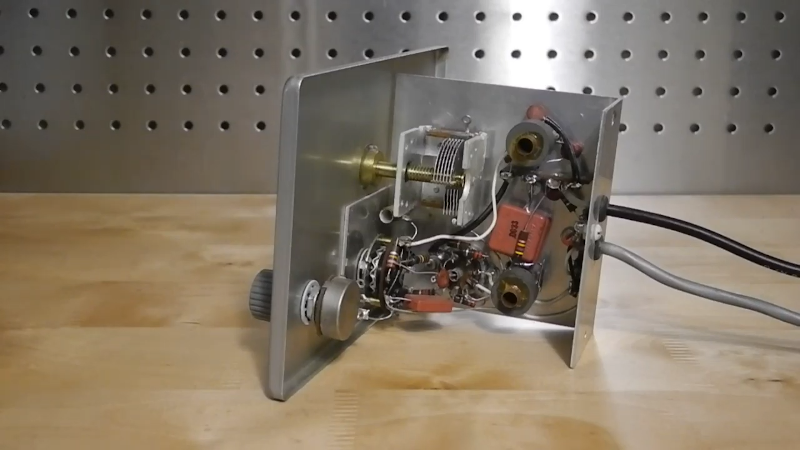
If you are below a certain age, you’ve probably never heard of a Q multiplier. This is a device that increases the “Q” of a radio receiver’s intermediate frequency and, thus, provide a higher selectivity. If you enjoy nostalgia, you can see inside a 1960s-era Heathkit QF-1 Q multiplier in [Jeff’s] informative video, below.
The Q multiplier was a regenerative amplifier that operated at just below the oscillation point. This provided very high amplification for the frequency of interest and less amplification for other frequencies. Some radios had a stage like this built-in, but the QF-1 was made to add into an external radio. For some Heathkit receivers, there was a direct plug to tap into the IF stage for this purpose. Othe radios would require some hacking to get it to work.
The QF-1 had several modes of operation where it could act as bandpass filter or a notch filter. You could also tune the frequency using the main knob. The circuit when revealed isn’t overly complex and there is no printed circuit board. The active device was a dual triode.
If you want a deeper discussion of the circuit, the Orange County Amateur Radio Club newletter a few years back had a great article on this device by [AF6C]. It explains how each mode works. It also mentions a few of the device’s offspring such as the HD-11 and GD-125, which was sold until 1971.
If you have plans of building a circuit like this, keep in mind that the intermediate frequency for most radios in those days was 455 kHz, which is what the QF-1 expects. Most communication receivers today use significantly higher IF for a variety of reasons (10.7 MHz, for example, is common).
We always enjoy [Jeff’s] videos of old receivers and gear. Not that he’s the only one doing things like that.
